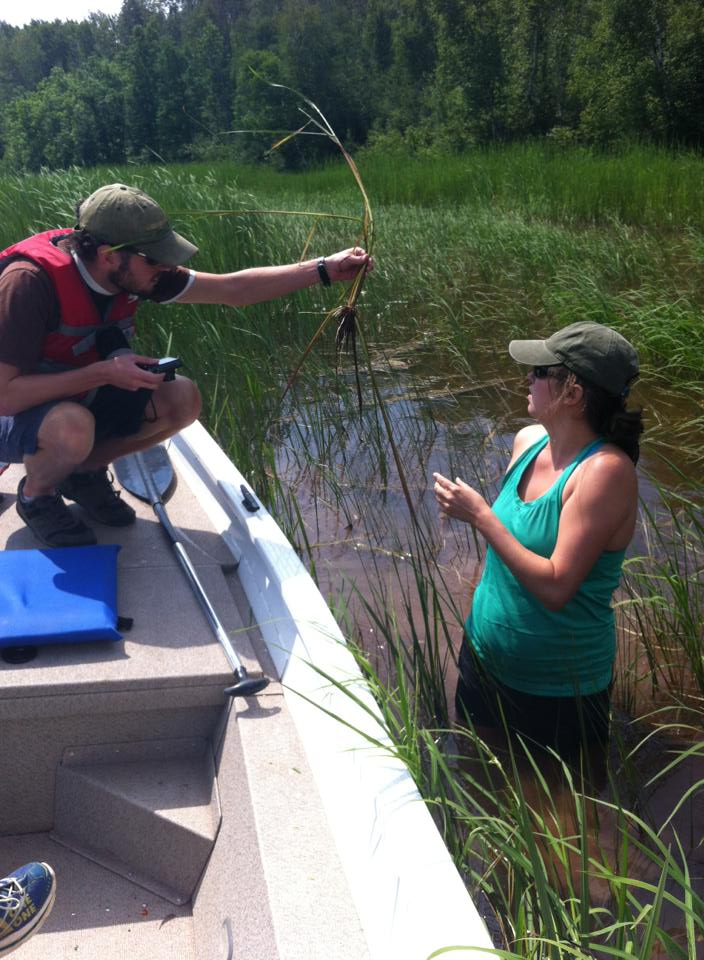
Ph.D. Candidate, University of Colorado at Boulder
Conference Travel Grant Type 2 (Joint Aquatic Sciences Meeting)
Chemical and biological controls over mercury cycling in wild rice
“Biogeochemical cycling within sediments can lead to the accumulation of mercury in a variety of plants and animals, a significant environmental concern in the freshwater estuaries of the Great Lakes region. While inorganic mercury deposition does not pose a direct threat to human health, methylmercury rapidly bioaccumulates up trophic levels and reaches high concentrations in food resources. Mercury methylation occurs primarily through biological mechanisms that are often regulated by dissolved organic matter (DOM) concentrations and characteristics. DOM may either inhibit methylation by physically binding to mercury compounds or facilitate mercury methylation by serving as a readily available source of electrons for oxidation-reduction chemical pathways. Importantly, the chemical characteristics of the DOM pool may interact with the abundance and activity of the microorganisms that mediate mercury cycling to determine the dominant effect of DOM on mercury methylation. Hence, we conducted a microcosm incubation experiment to examine the relationships between DOM characteristics and mercury methylation in wild rice and unvegetated sediment patches in the St. Louis River Estuary, a mining contaminated estuary and the largest shipping port in the Great Lakes. We amended samples with DOM leached from either fresh or partially decomposed wild rice litter to simulate different ecologically relevant portions of the DOM pool and monitored DOM characteristics, extracellular enzyme activity, mercury concentrations, and microbial community structure every 7 days throughout a 28-day incubation period in an attempt to characterize both the biological and geochemical controls over mercury methylation. We demonstrated that mercury methylation was facilitated by redox active portions of the DOM pool in vegetated areas, while physical inhibition of mercury methylation by large humic substances was the most important mechanism controlling mercury methylation in unvegetated areas. The influence of spatial and vegetative influences on mercury methylation should aid in furthering our mechanistic understanding of mercury methylation, in identifying methylmercury hotspots, and in managing methylmercury remediation efforts.”
